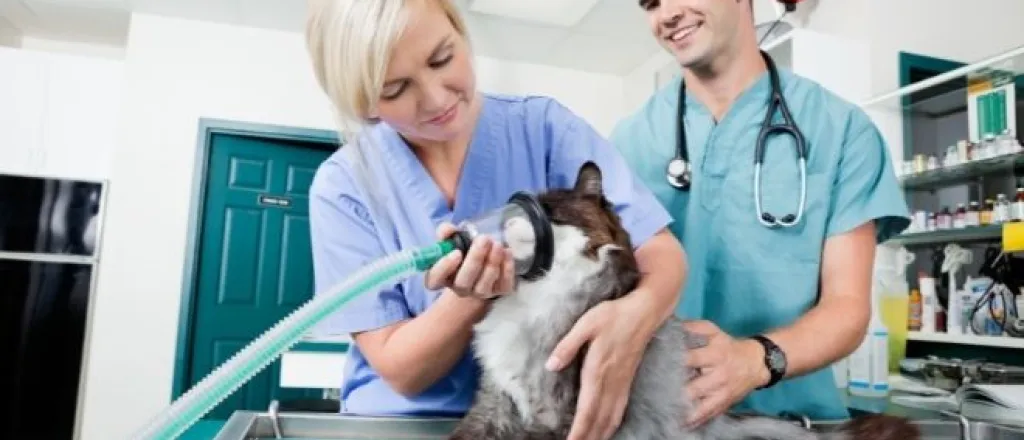
What All Vet Tech Training Should Include
Vet techs take on the important role of caring for people’s beloved pets. Their rewarding job offers numerous benefits, from improving the lives of adorable animals and their families to ensuring a safe community free of spreading diseases and unhappy critters. The famous Dr. Pol and Dr. Kelleher on Nat Geo inspire many to start on their veterinary career paths. However, there are some behind-the-scenes technicalities to becoming a vet.
As with most jobs, successful and legal veterinary practices must have specific training. Here is what all vet tech training should include for productive and safe operations.
Updated Regulations and Practices
OSHA and HIPAA compliance plays an important role in all businesses related to health care. They provide the legal standards and regulations for a safe and healthy workplace, benefitting employees and their clients.
For vet clinics to remain compliant and informed on the best practices, vet tech training should include updated protocols and stay informed on the current legalities like how OSHA regulations in veterinary practices have changed. Changes often occur as new scenarios like pandemics, technology advancements, and governmental influences come into play.
Office-Specific Safety Plans
All veterinary offices feature similar attributes, including exam rooms, patient dwellings for overnight stays, and meeting rooms. However, each clinic varies slightly. No matter the type of emergency, learning how to operate, handle, and manage disasters within specific worksites prevents hazards and prepares everyone for numerous “what if” cases.
Various workspace-specific differences occur per clinic, from fire exits to particularly used equipment handling and data systems. New or transferred vet techs should receive site-specific training, which will help them familiarize themselves and feel more comfortable and safe in their workplace.
Appropriate Animal Handling
Although it might be obvious that the way you carry a dog differs from how you hold a lizard, reminding and training vet techs on proper animal handling (for all animal types) ensures the utmost safety for people’s pets. A refresh on all training basics also stands as a general best practice.
Most of the time, people overlook simplistic formalities in training, assuming all parties already know a general understanding of the particular topic. However, like relearning first-aid responses, going over basic protocols secures the information in people’s minds. When the basics are drilled into people’s heads, the appropriate responses come naturally during high-stress or emergency occurrences, and little details won’t slip into the chaos of their current situation.
Patient Communication Tips
The pets might be the main focus of vet techs, but their owners also deserve a little love. Especially for new pet parents, handing their pet over to someone else’s care induces a bit of anxiety and discomfort. Patient communication between the vet and client reduces any concerns, increases relationships, and creates clarity on the ideal care for the animal in question.
Training vet techs on communicating tips with their patients’ parents help them keep the owners well-informed and in the loop. It also makes those tough conversations regarding unfortunate events or serious findings less daunting.
From refreshing basic protocols to legal requirements, what all vet tech training should include involves a range of topics and will vary by practice and location. Understanding the technicalities of being a vet tech helps those looking into that career field gain clarity. It also informs pet owners that they pass their pets into good hands when visiting the clinic.
















